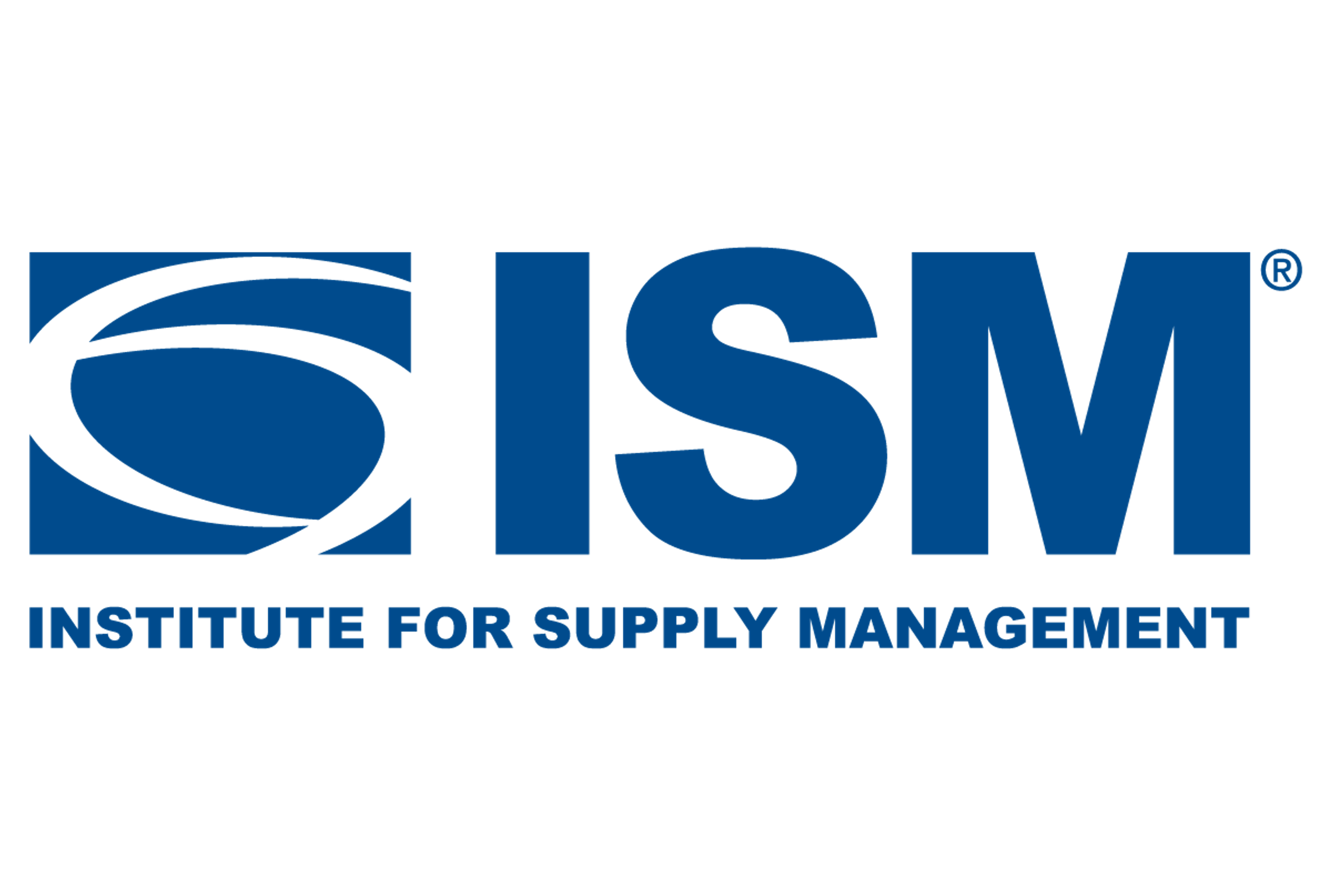Market Data

November 12, 2018
Beige Book Shows Concern Over Rising Costs, Trade Uncertainty
Written by Tim Triplett
Economic activity expanded across the United States with the majority of the 12 Federal Reserve Districts reporting modest to moderate growth in the September-October period, according to the Fed’s Beige Book released late last month. However, several Districts indicated that firms faced rising materials and shipping costs, uncertainties over the trade environment and difficulties finding qualified workers.
Demand for transportation services remained strong. Labor shortages were broadly noted and were linked to wage increases and constrained growth. Reports on commercial and residential real estate were mixed, although several Districts saw rising home prices and low levels of inventory.
Overall, consumer spending increased at a modest pace despite some increase in consumer prices. Travel generally picked up with the notable exception of North and South Carolina, where Hurricane Florence deterred tourism. Agricultural conditions were mixed as rainy weather helped some farmers but caused delays and crop damages for others.
Employment expanded modestly or moderately across most of the nation. Employers throughout the country continued to report tight labor markets and difficulties finding qualified workers, including highly skilled engineers, finance and sales professionals, construction and manufacturing workers, IT professionals and truck drivers. A couple of Districts reported that worker shortages were restraining growth in some sectors. Many firms reported high turnover rates and difficulties retaining employees. Some businesses implemented non-wage strategies to recruit and retain workers, such as giving signing bonuses, offering flexible work schedules and increasing vacation allowances. Wage growth was mostly characterized as modest or moderate, with robust growth in areas of the South. Most businesses expected labor demand to increase modestly in the next six months, and looked for modest to moderate wage growth.
Prices continued to rise in all Districts. Manufacturers reported raising prices of finished goods out of necessity as costs of raw materials such as metals rose, which they attributed to tariffs. Construction contract prices increased to cover rising costs of labor and materials. Retailers and wholesalers in some Districts raised selling prices as they continued to see increased costs in transportation and also worried about impending cost increases resulting from tariffs. Districts reported rising oil and fuel prices, but gave mixed reports on movement of agricultural commodity prices.
The Fed will release its last Beige Book of the year on Dec. 5 summarizing current economic conditions.






